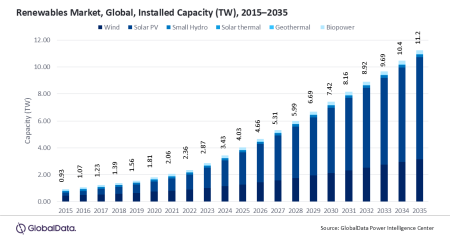 07 July 2013, Kampala – The Rural electrification Agency (REA) needs $950m to finance its newly-developed Rural Electrification Strategy and Plan, the organisation executive director, Godfrey Turyahikayo, has said.
07 July 2013, Kampala – The Rural electrification Agency (REA) needs $950m to finance its newly-developed Rural Electrification Strategy and Plan, the organisation executive director, Godfrey Turyahikayo, has said.
The 10-year plan expected to be approved by the Cabinet this month aims at increasing rural electrification access from the current 5% to 22% by 2022.
“The government strategy is to achieve a rural electrification access of 22%. We want more consumers to utilise electricity in their homes, businesses or institutions by 2022,” said Turyahikayo.
He was addressing REA staff during a dinner at the Kampala Sheraton Hotel last week.
“Currently, less than 5% of the rural population has electricity service. This level of electrification is an impediment to the achievement of the desired transformation,” said Turyahikayo.
“Our plan, therefore, has been designed to achieve a much faster acceleration of national geographical coverage and consumer access than hitherto,” he added.
Turyahikayo said their overall target involves connecting about 1.35 million consumers on the grid and 150,000 off-grids, especially with solar and mini-grid distribution service connections.
He noted that the plan has been designed to take cognisance of the United Nations initiative on modern energy access for all.
The initiative obligates all governments to ensure the availability of clean and affordable modern energy in all homes by 2030.
“This includes the provision of cleaner, more efficient technologies for cooking and lighting in households,” he explained.
Turyahikayo, however, regretted that their failure to achieve the earlier target of 10% in 2012 which was partly attributed to the delayed implementation of their strategic plan.
“Implementation of the strategic plan was supposed to start in 2001, but it didn’t take off until 2003. Actual project implementation started in 2006. With such delays, we could not have achieved the set targets,” said Turyahikayo.
*Ronald Kalyango, The New Vision



